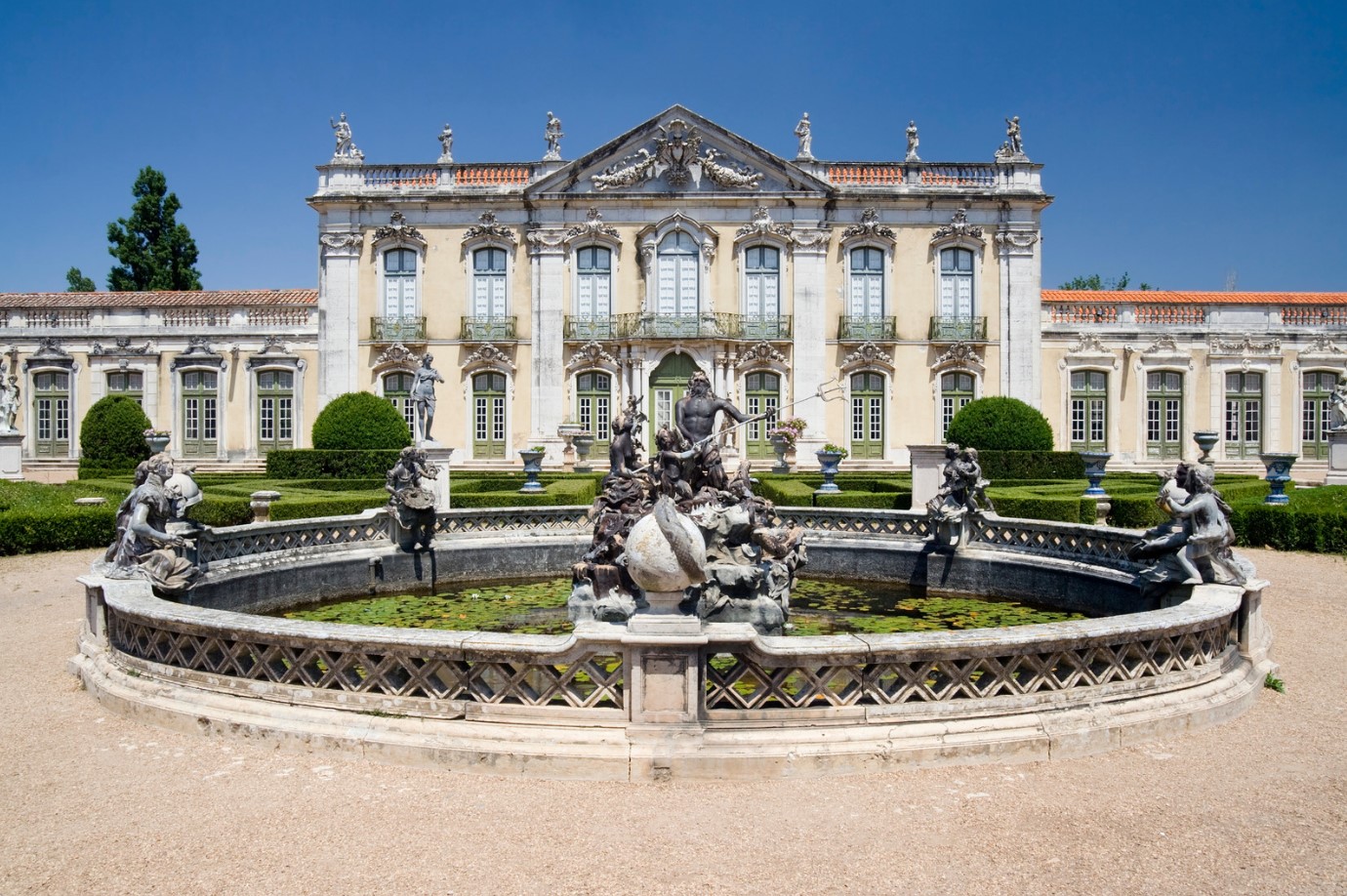
Imagine embarking on a captivating Portuguese Architecture journey through time. Here, each step takes you to a different epoch, revealing the architectural splendors that have defined Portugal’s rich history.
Our time machine is the lens through which we explore the enduring beauty and cultural evolution encapsulated in the diverse architectural styles of Portugal.
Let us immerse ourselves in the captivating world of Portuguese Architecture, from its humble Romanesque beginnings to the grandeur of the modern age.
Are you ready for this journey?
Portugal’s history is a tapestry woven with diverse civilizations and influences, each contributing to the rich mosaic of architectural styles.
The nation’s story begins with diverse civilizations, from the Celts to the Romans and the Moors, each leaving their architectural mark. The Romans introduced engineering marvels, the Moors brought intricate patterns and glazed tiles, and the Visigoths left their influence.
So, we can confirm that all the occupation on the Portuguese territory, as well as other external influences create the Portuguese Architecture we know today.
The birth of Portuguese Architecture came with the emergence of Portugal as a distinct nation in the 12th century. This Era marked the fusion of cultural influences and the development of unique architectural styles.
So, on this journey, we present you the major architectural styles present in Portugal and its monuments.
The Portuguese Romanesque architectural style, which flourished between the 11th and 13th centuries, is a captivating chapter in the nation’s architectural heritage. Characterized by its robust, fortress-like structures, rounded arches, and minimalistic ornamentation, it was influenced by the Romanesque tradition prevalent in Europe during the Middle Ages.
One of the most notable examples of this style is the majestic Cathedral of Braga, a jewel of architecture that has endured the test of time.
The transition from Romanesque to Gothic architecture in Portugal brought a wave of innovation and artistic expression. The Gothic period introduced pointed arches, ribbed vaults, and intricate stained-glass windows, marking a departure from the heavy solidity of Romanesque design.
Notable examples of Portuguese Gothic architecture include the Batalha Monastery, a UNESCO World Heritage Site, exemplifies the Gothic style with its soaring spires and delicate tracery.
Manueline decorative style is a uniquely Portuguese phenomenon, celebrated for its exuberance and maritime-inspired motifs. Flourishing during the late 15th and early 16th centuries, it is named after King Manuel I, whose reign witnessed a flourishing of maritime exploration and trade.
The Jerónimos Monastery (Mosteiro dos Jerónimos) in Lisbon and the Tower of Belém (Torre de Belém) stand as iconic examples of this style and symbols of the Portuguese Architecture.
The Renaissance period in Portugal, which arrived in the 16th century, was marked by a return to classical ideals and design principles influenced by the Italian Renaissance. Symmetry, classical columns, and harmonious proportions became hallmarks of this era.
The Convent of Christ (Convento de Cristo) in Tomar is a significant Renaissance architectural landmark. Here, the blending of Gothic and Renaissance elements results in a harmonious architectural composition.
The Baroque period in Portugal, spanning the 17th and 18th centuries, was a celebration of opulence and artistic exuberance. Known for its ornate elegance and dramatic effects, Baroque architecture left an indelible mark on Portuguese design.
The Palace of Queluz, often dubbed the “Portuguese Versailles,” is a shining example of Baroque splendor. Its façades are adorned with stucco work, gilded decorations, and elaborate gardens that transport visitors to a world of opulence and grandeur. This is another great example of Portuguese Architecture.
The 19th century witnessed Portugal’s fascination with the Romantic architectural movement, characterized by a revival of medieval and Gothic styles.
The Palace of Pena (Palácio da Pena) in Sintra is a prominent example of this Romantic reverie. This fantastical palace, perched atop a hill, combines elements of Gothic and Moorish architecture with vibrant, picturesque details.
With its whimsical design and lush surroundings, transports visitors to a fairytale world, capturing the essence of Portugal’s Gothic revival during this romantic era.
The 20th century ushered in a period of architectural renaissance in Portugal, where the nation embraced a wide range of styles.
An exemple, of this modern and contemporary style is the Champalimaud Foundation, with its modernist design and tranquil riverside location. It is a hub of scientific research and cultural exchange.
Modern and contemporary architecture in Portugal reflects the nation’s forward-thinking spirit and its willingness to push the boundaries of design.
Our journey through the epochs of Portuguese Architecture draws to a close, leaving us enriched by the diverse styles that have shaped this nation’s landscape.
From Romanesque solidity to Gothic elegance, Baroque opulence to Modern grace, each Era tells a story of cultural evolution.
As we step back into the present, let this journey remind us to appreciate the legacy of Portuguese Architecture, a blend of history, art, and culture that continues to evolve.